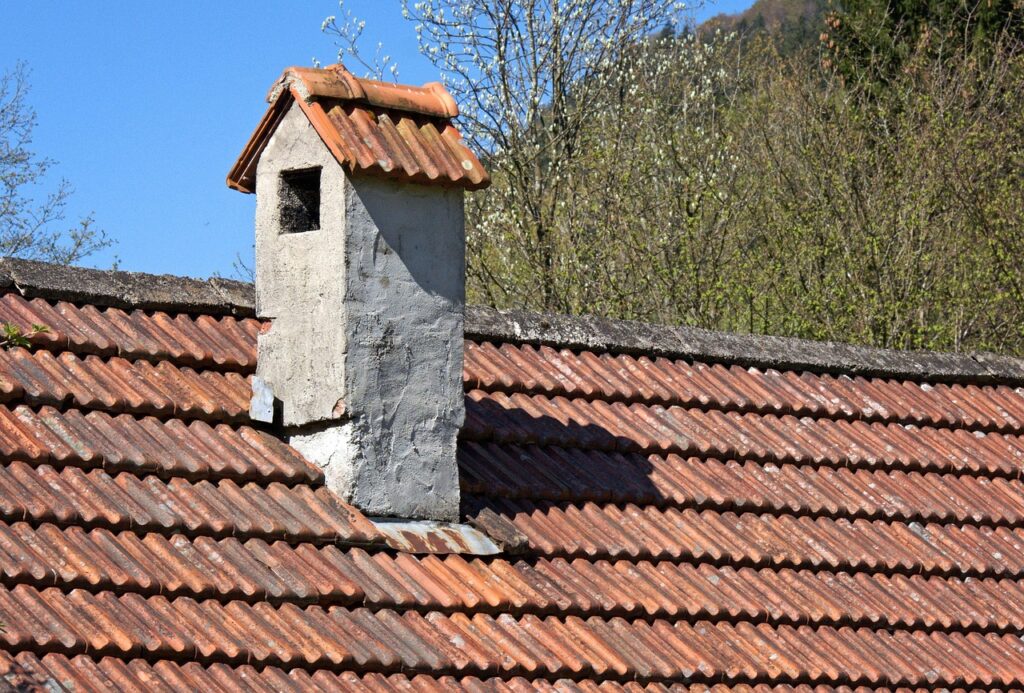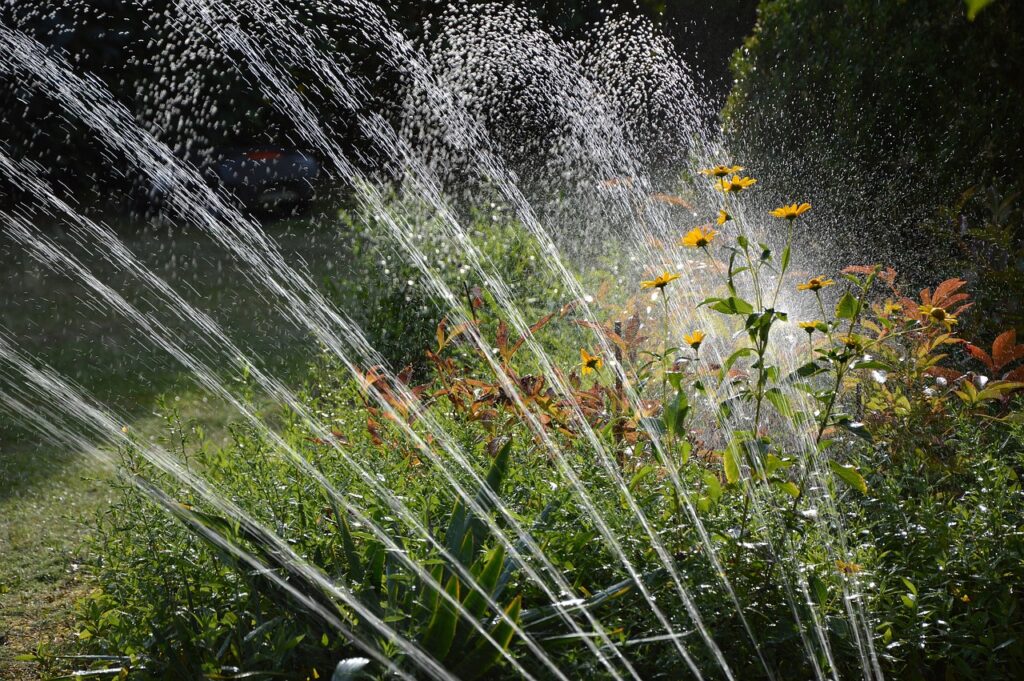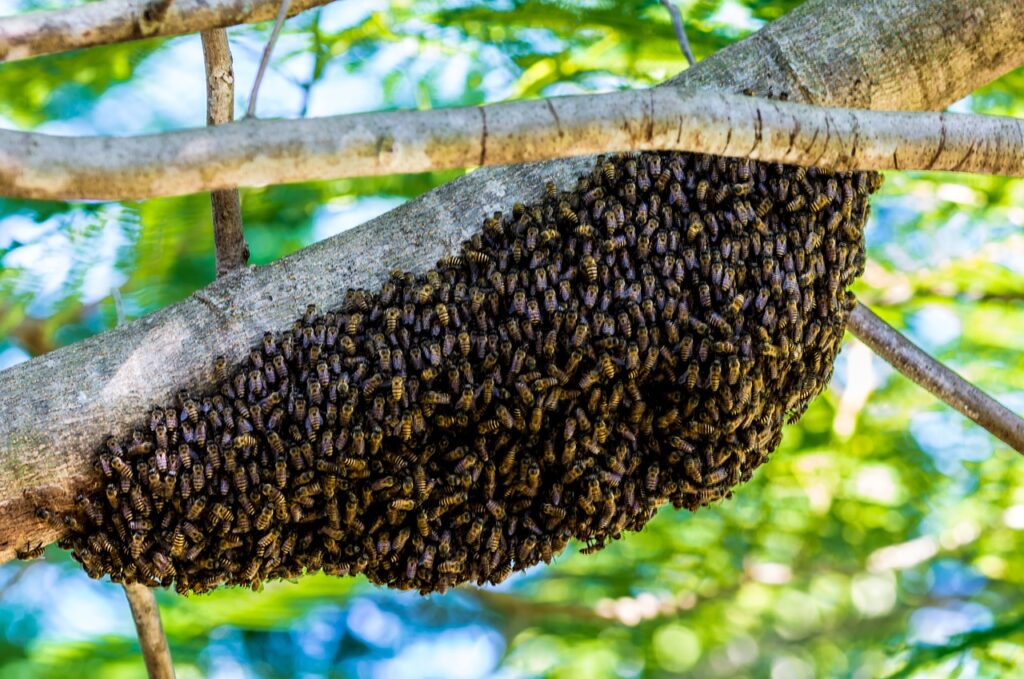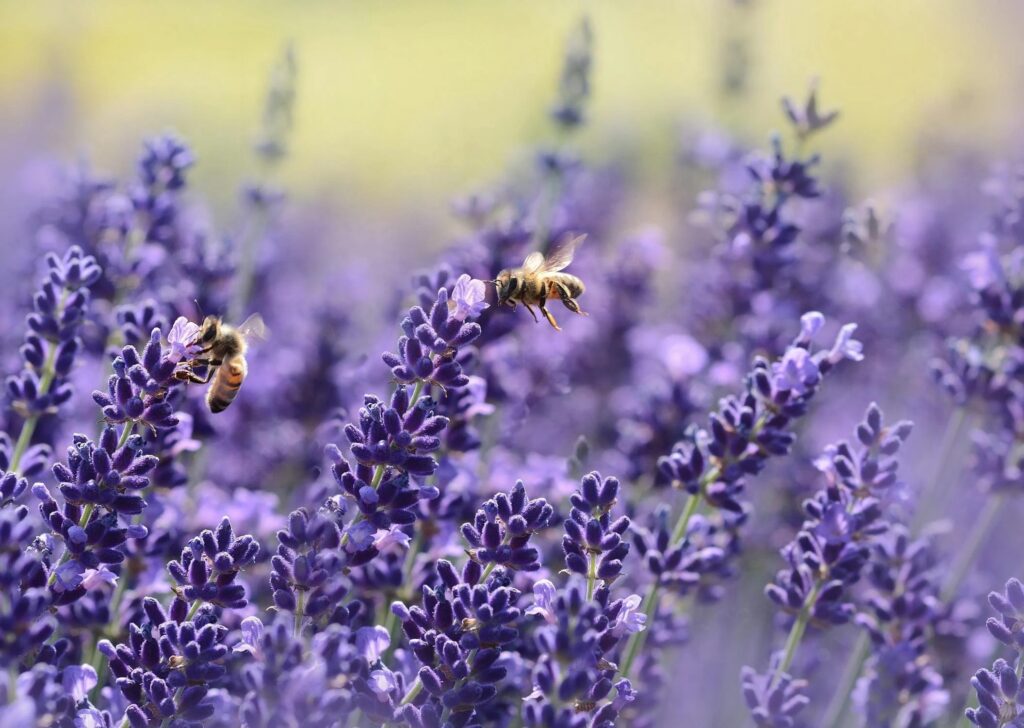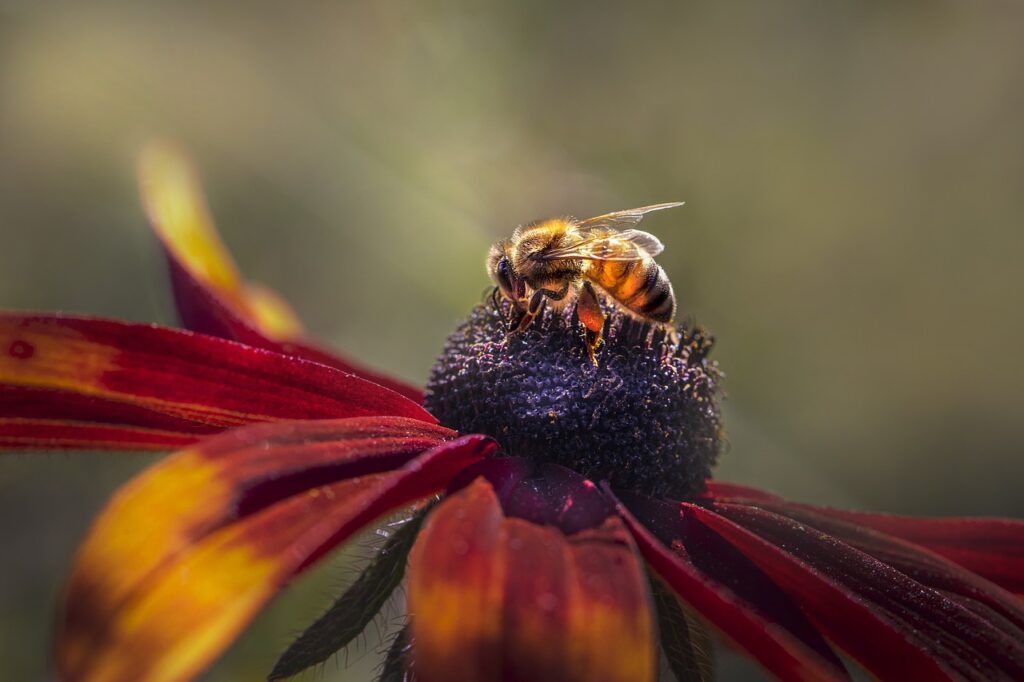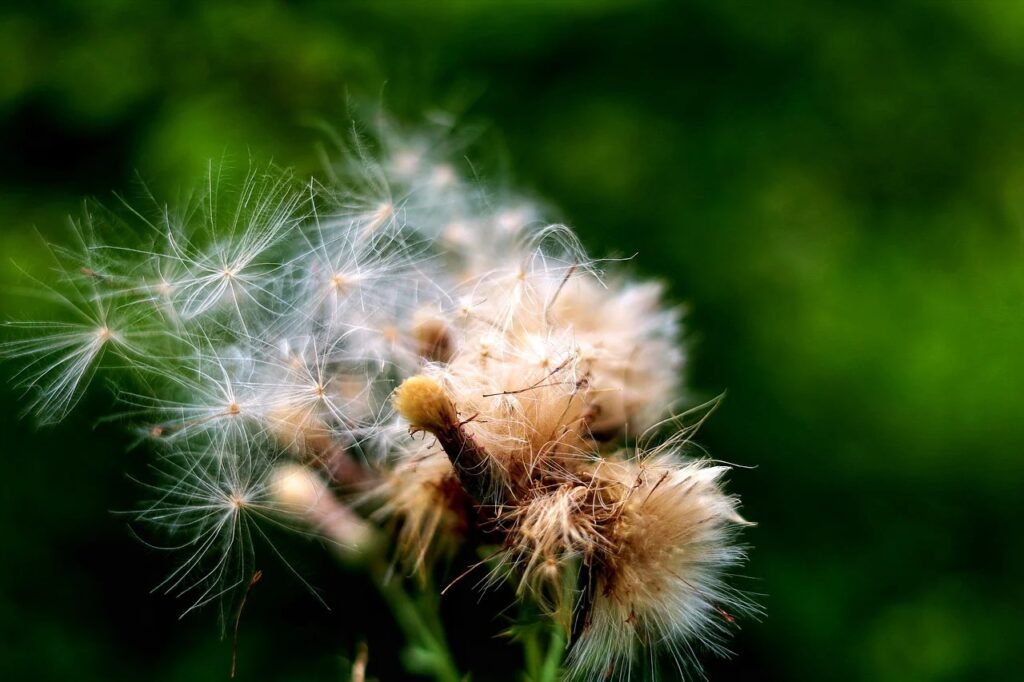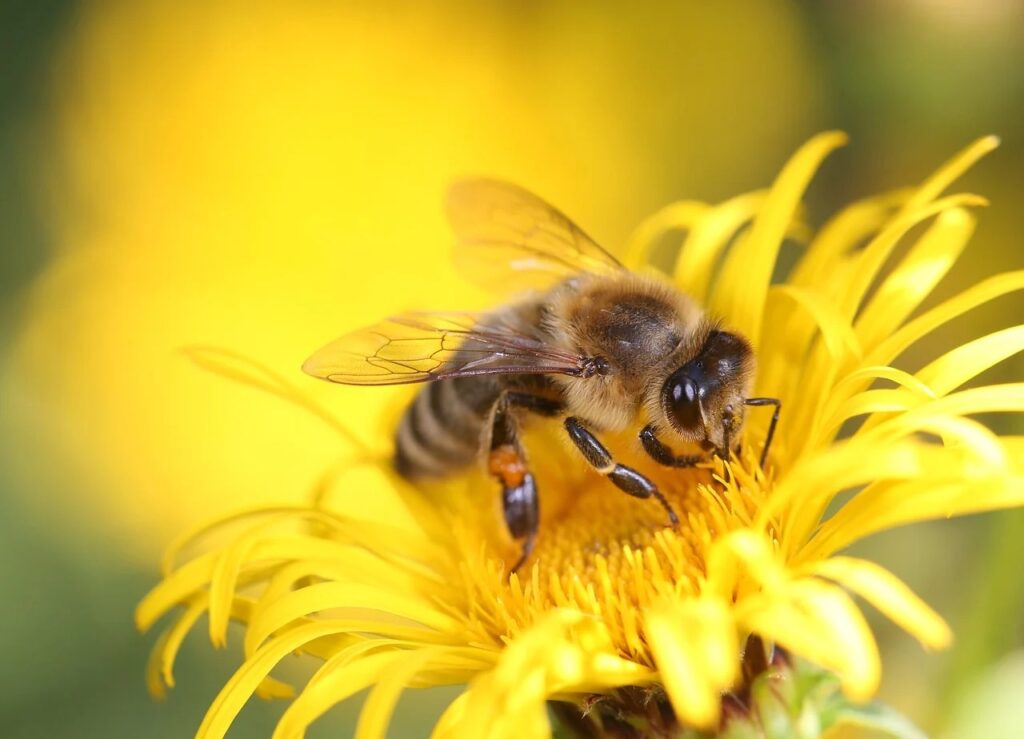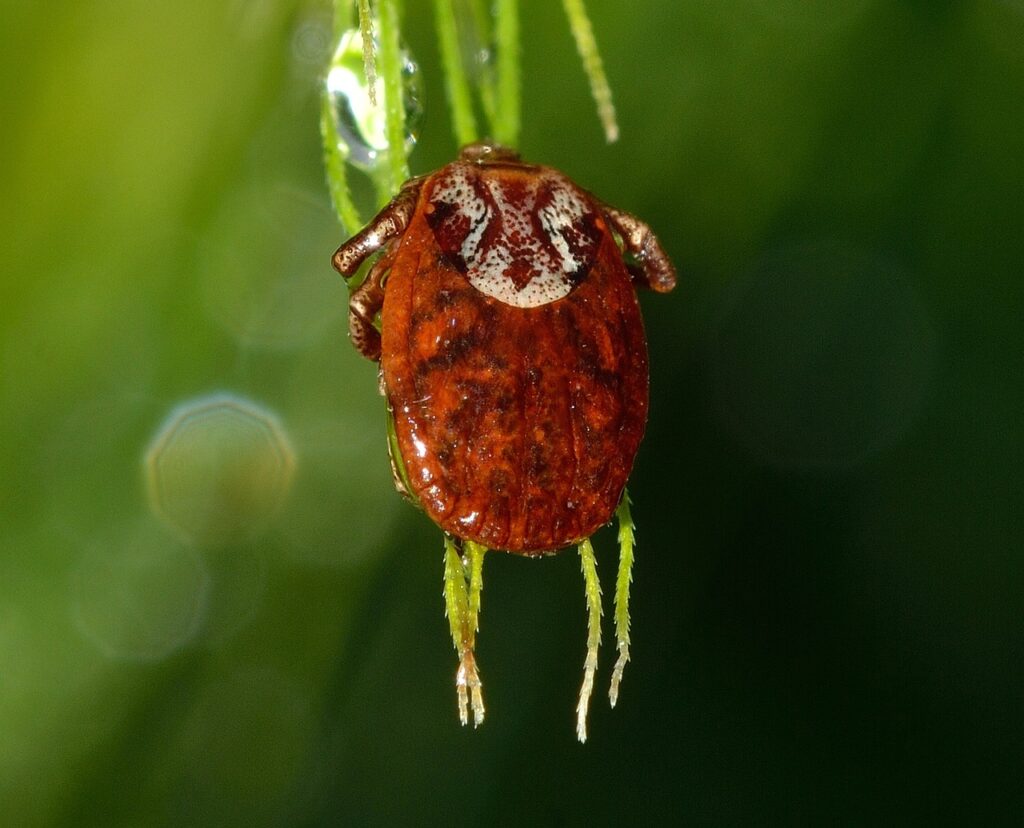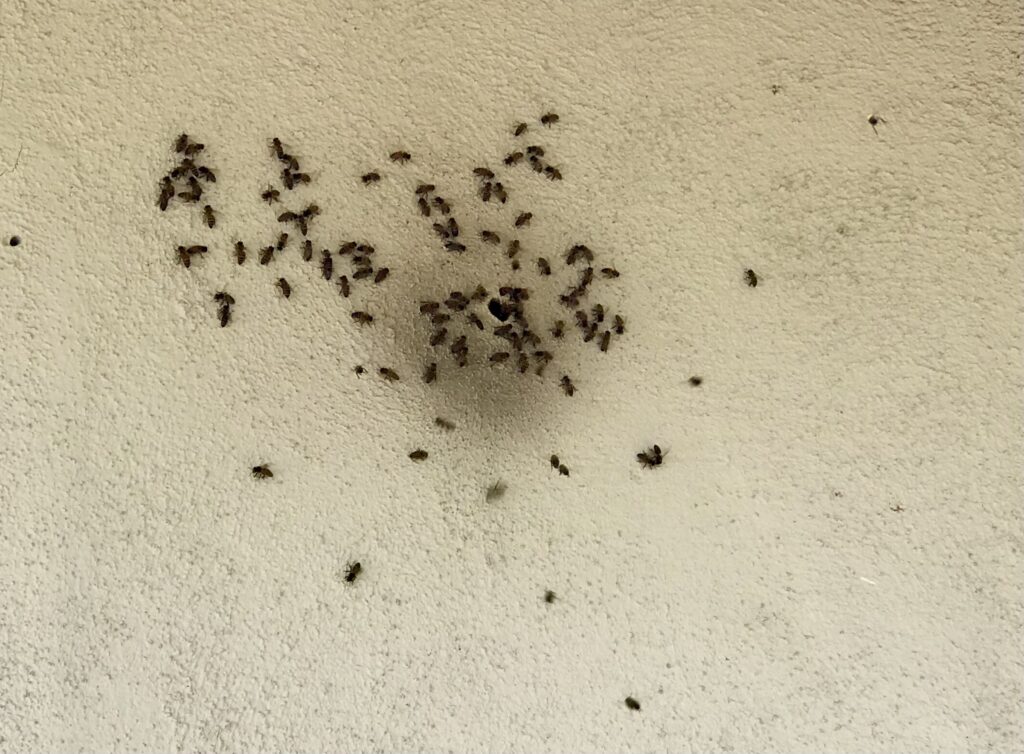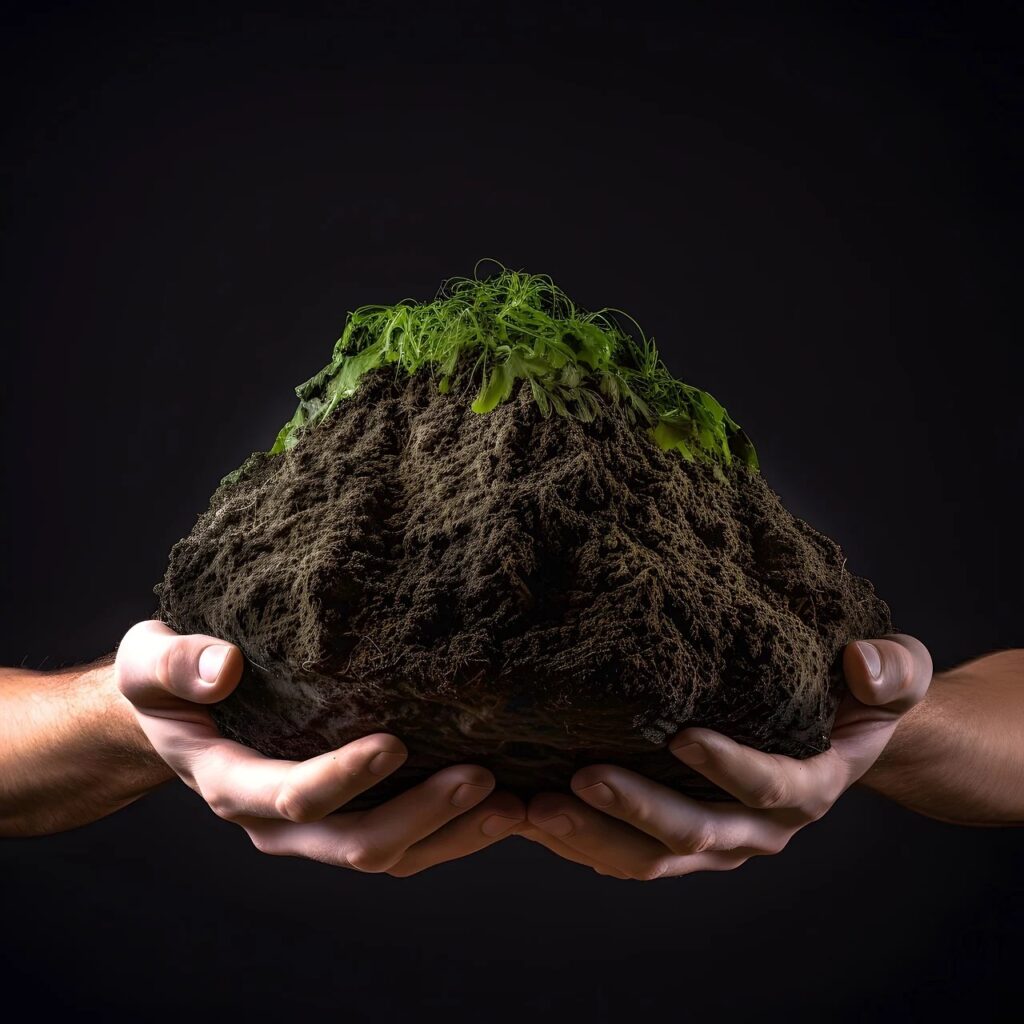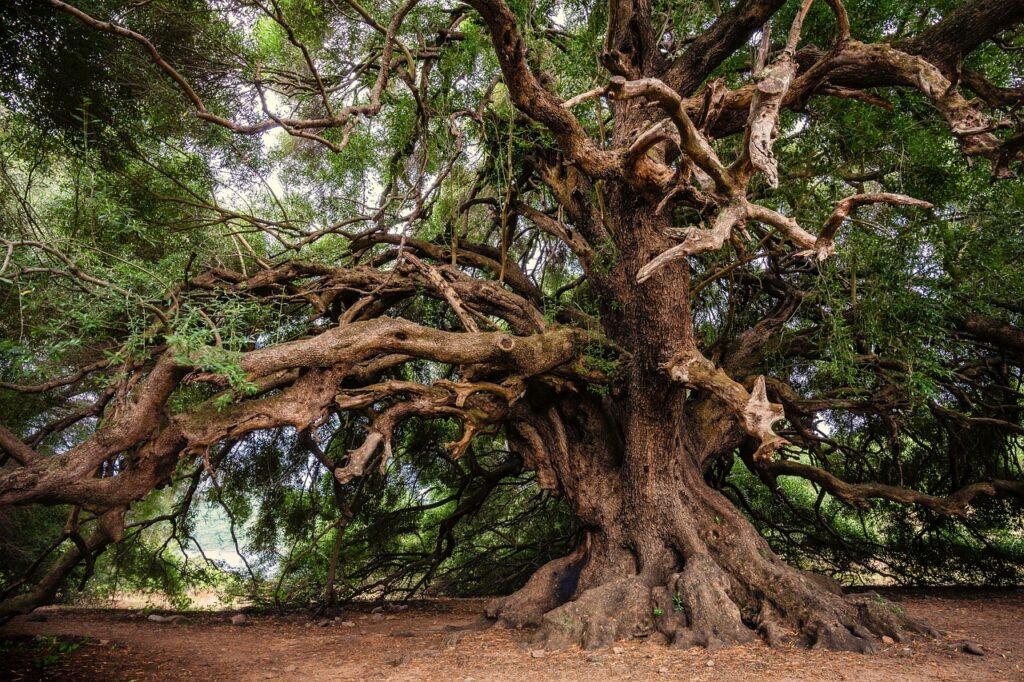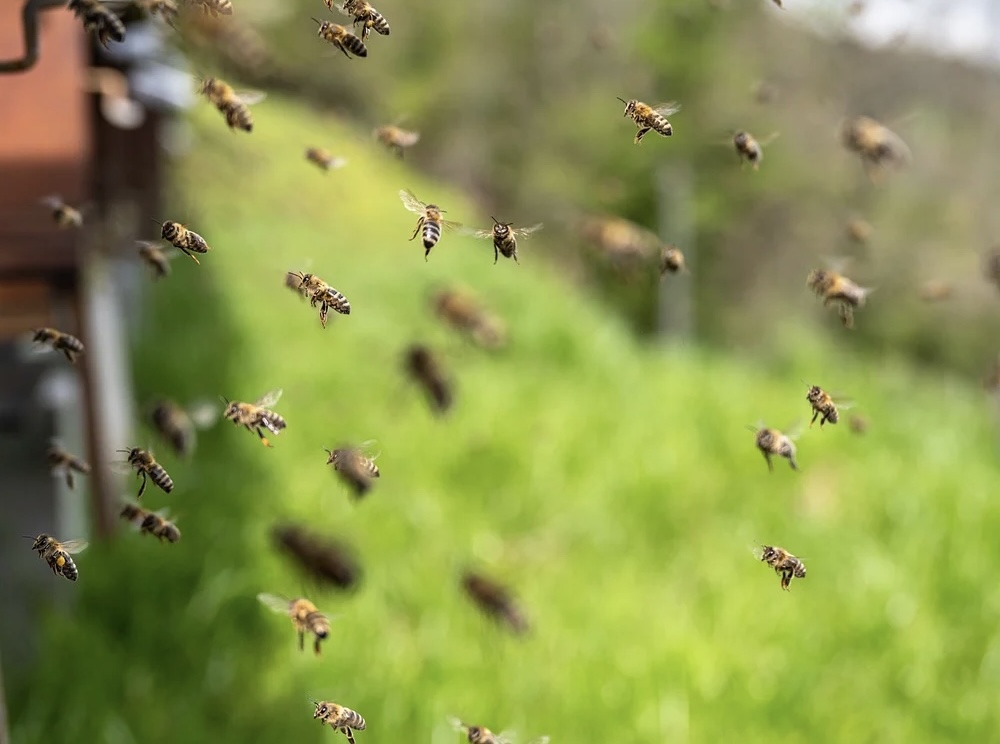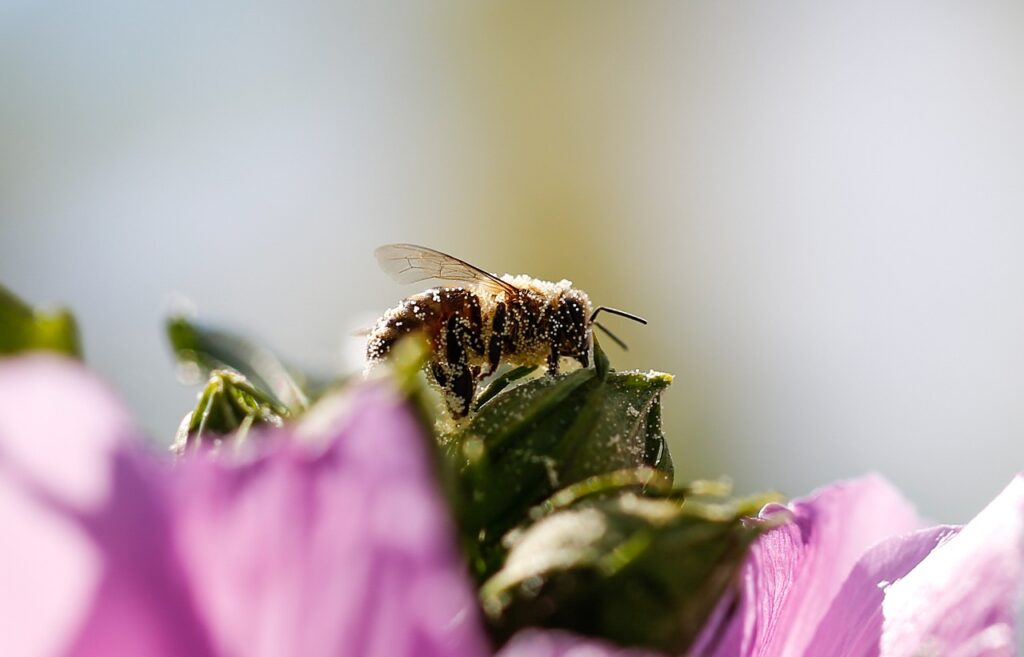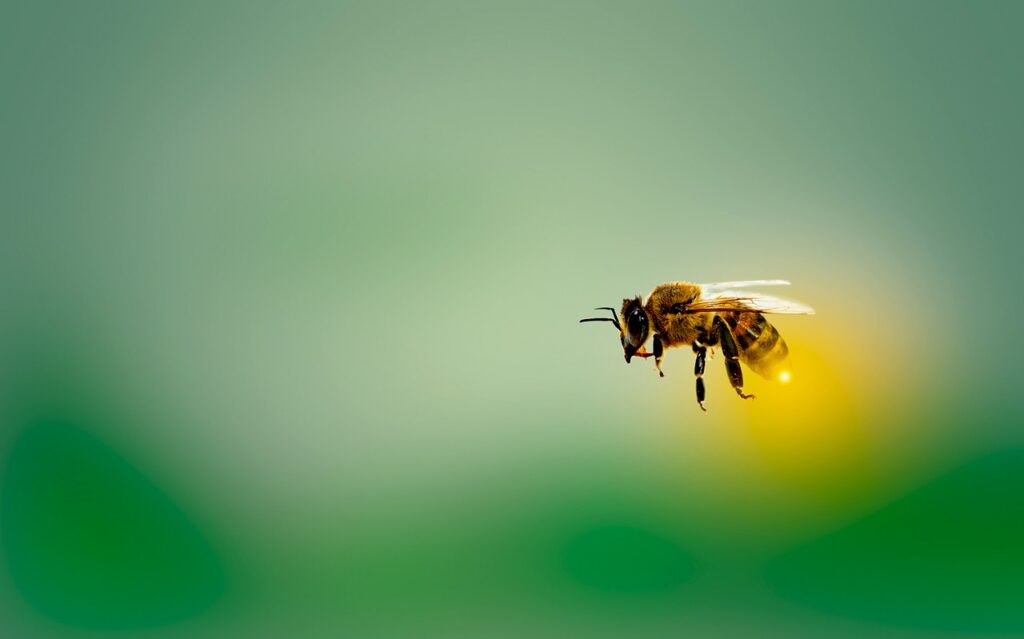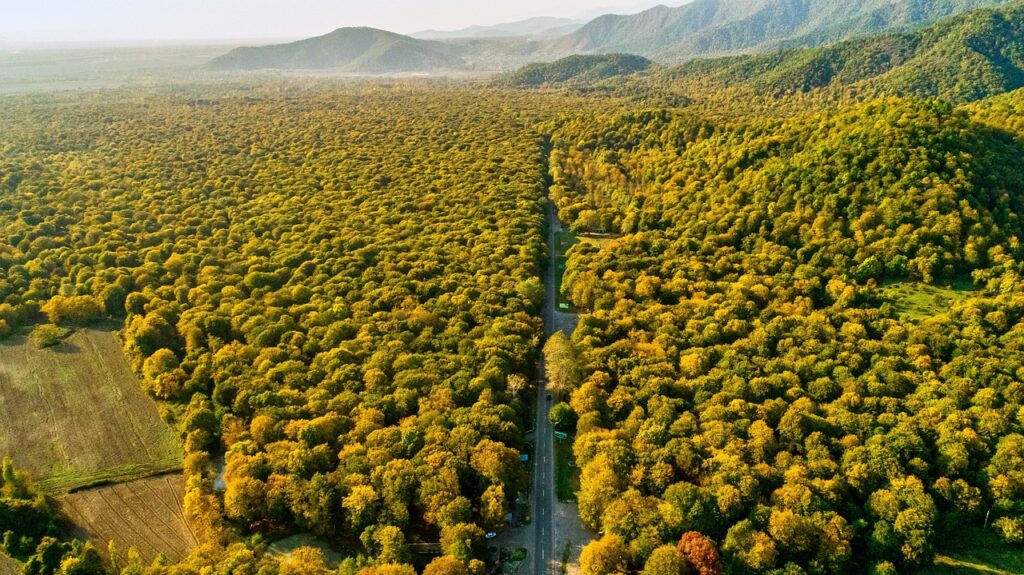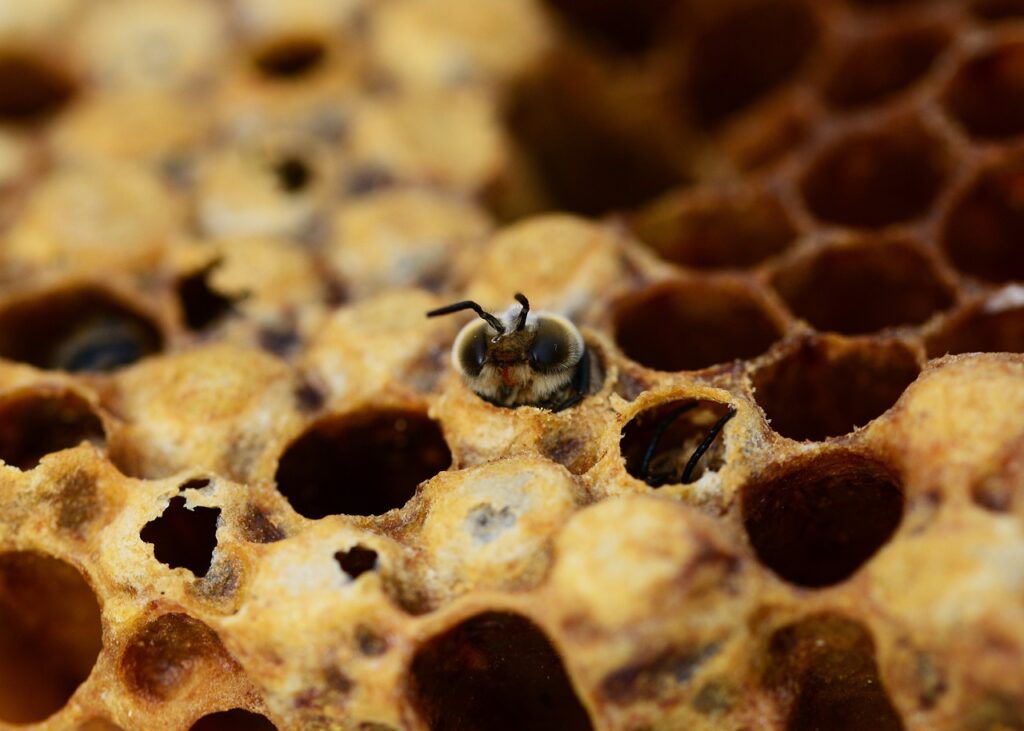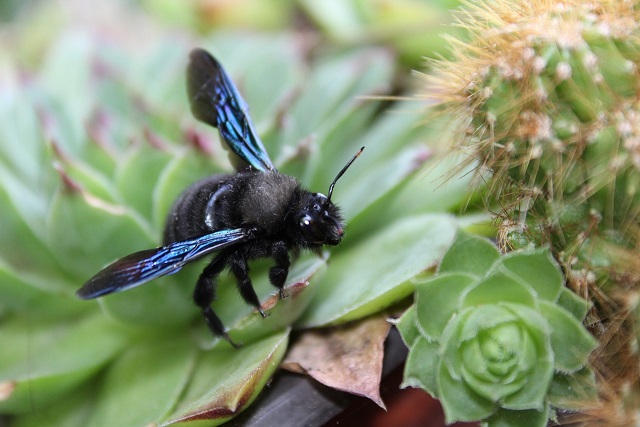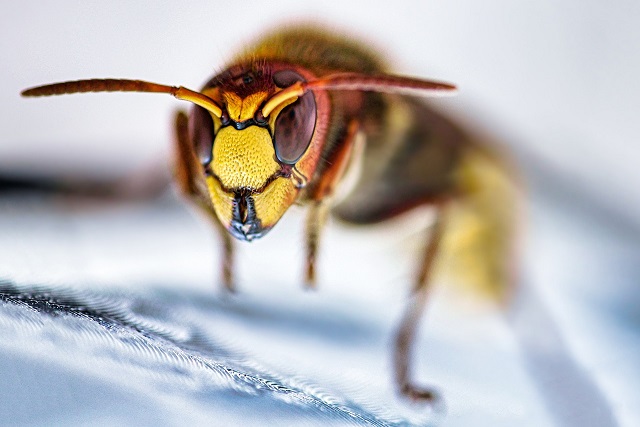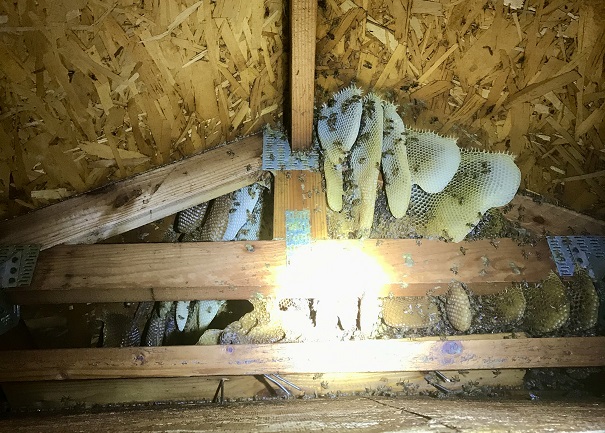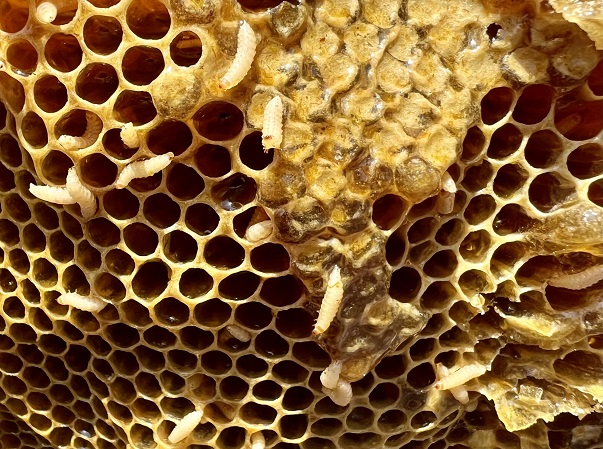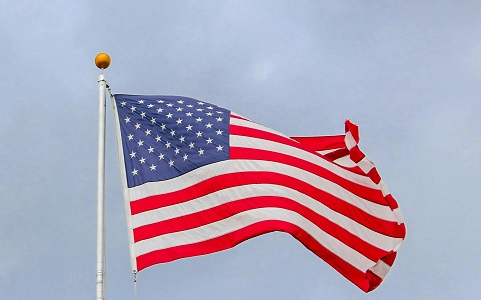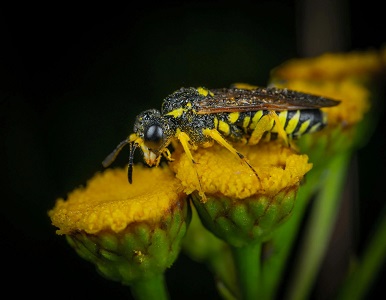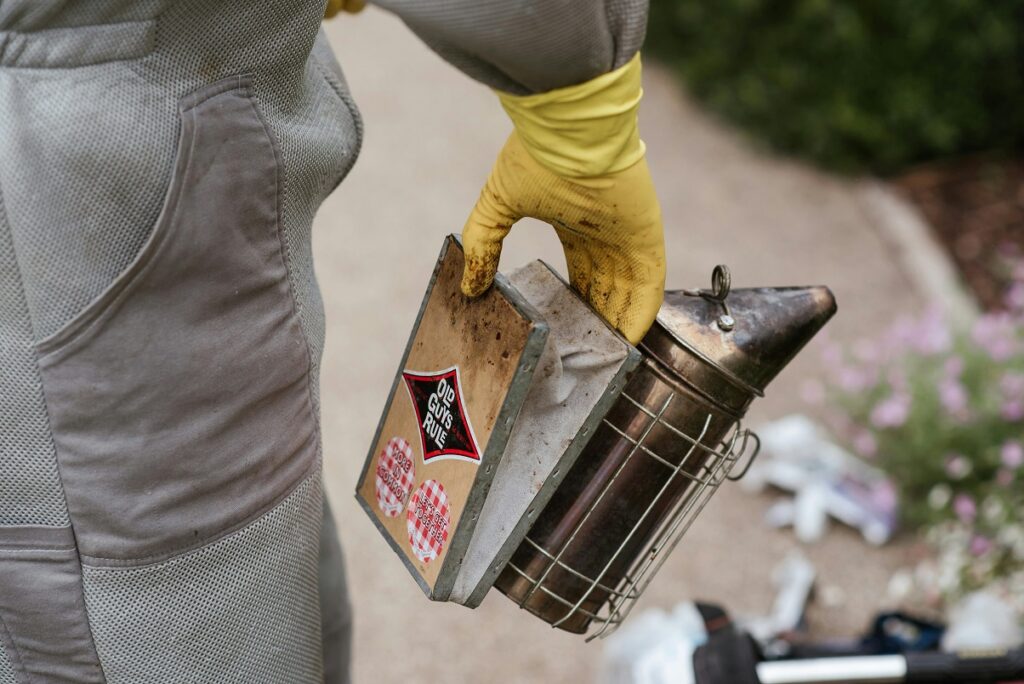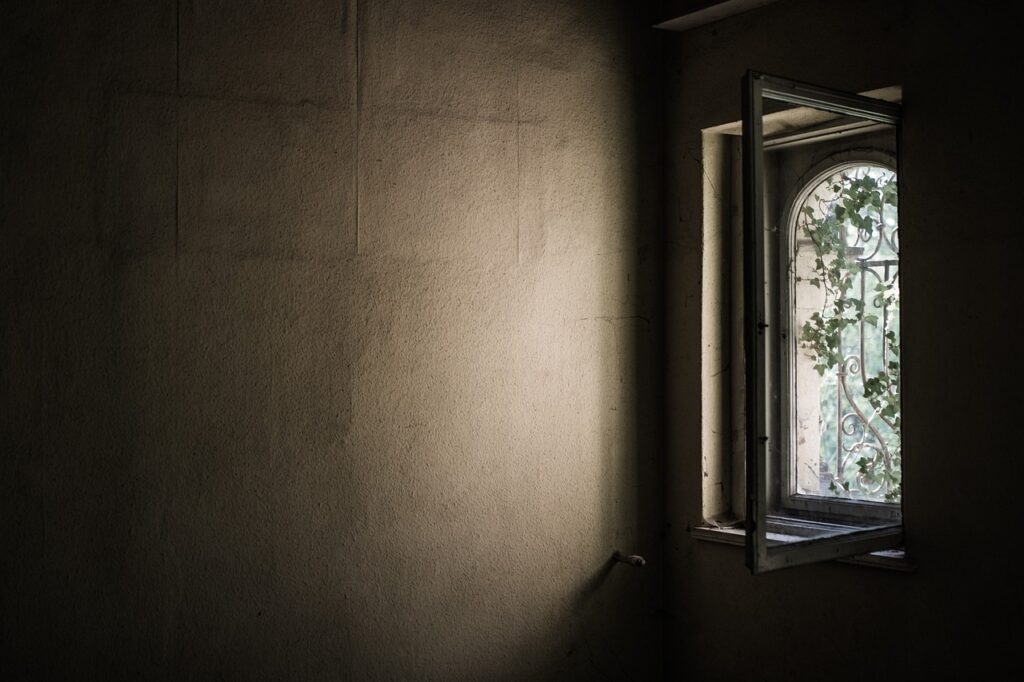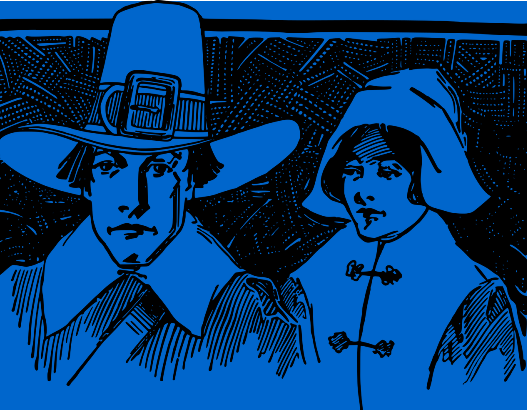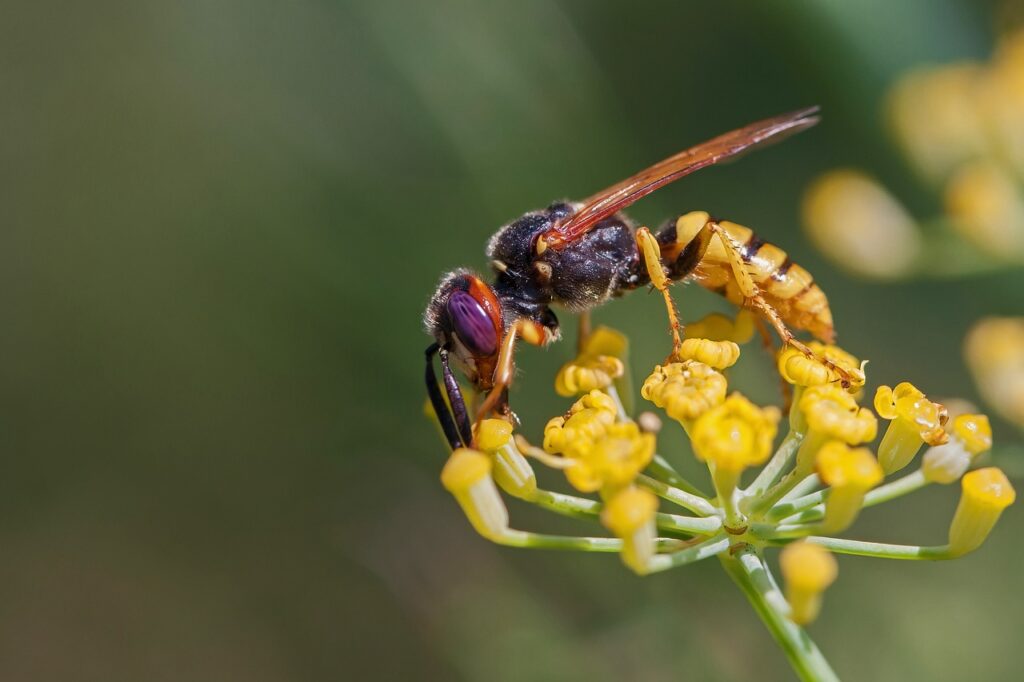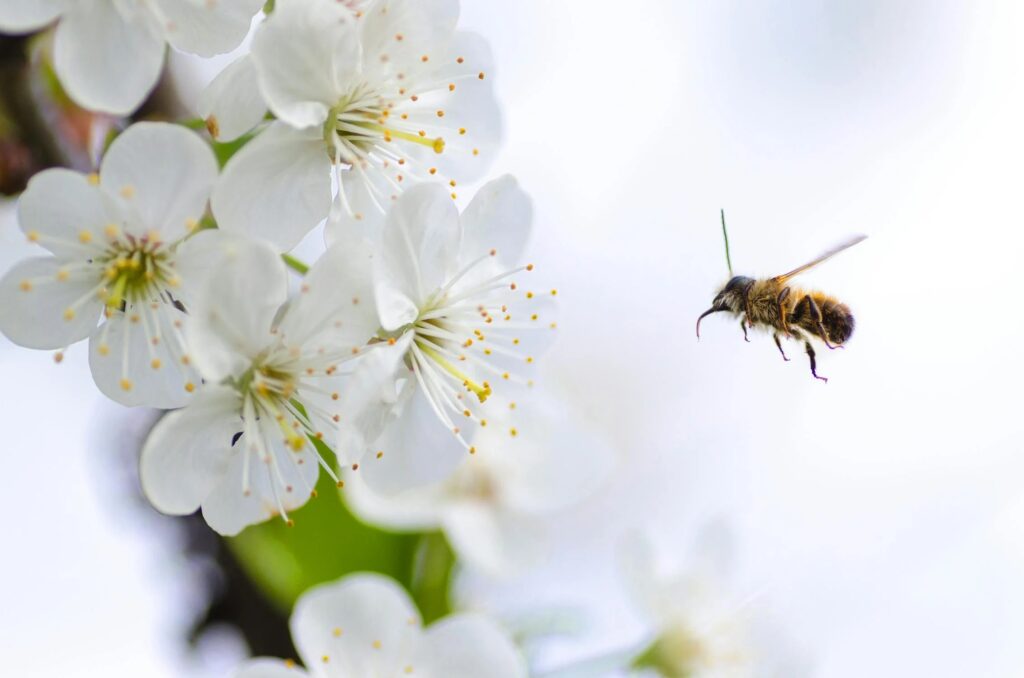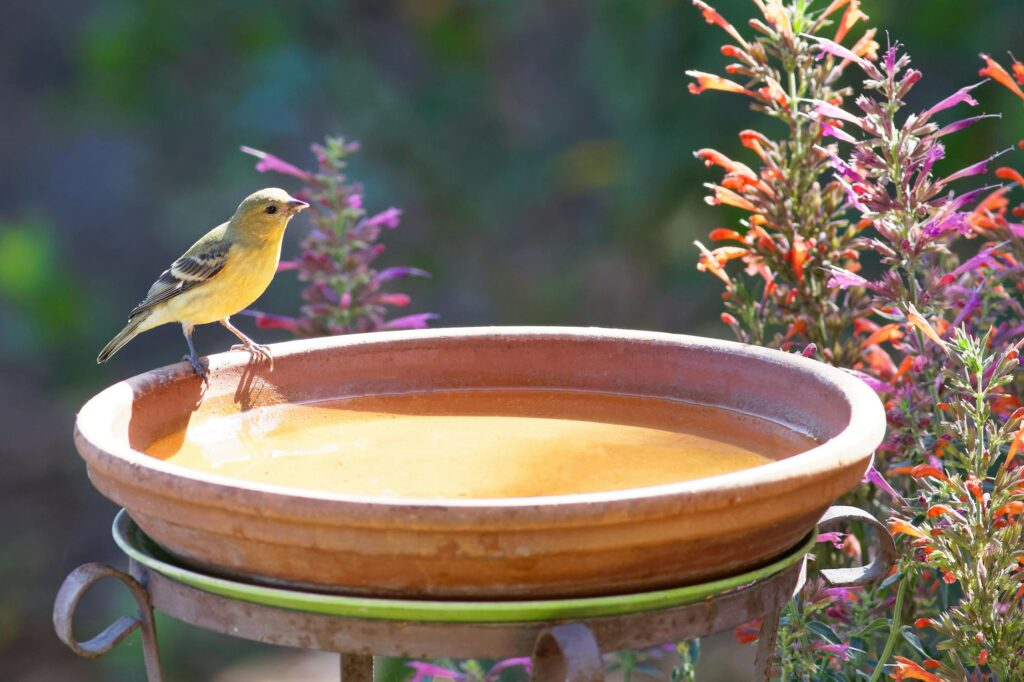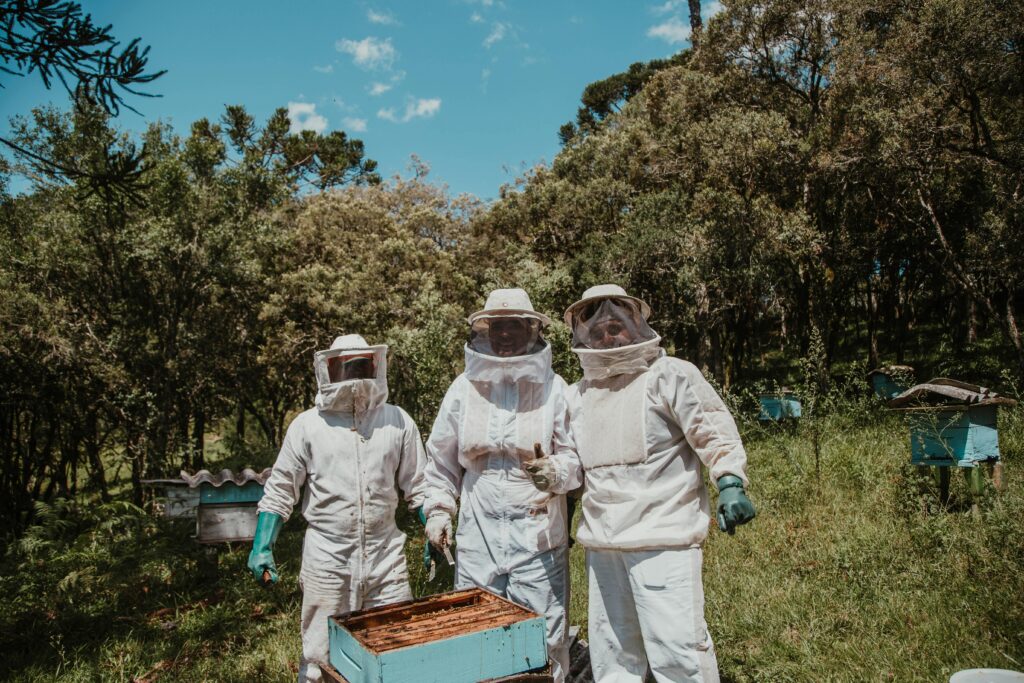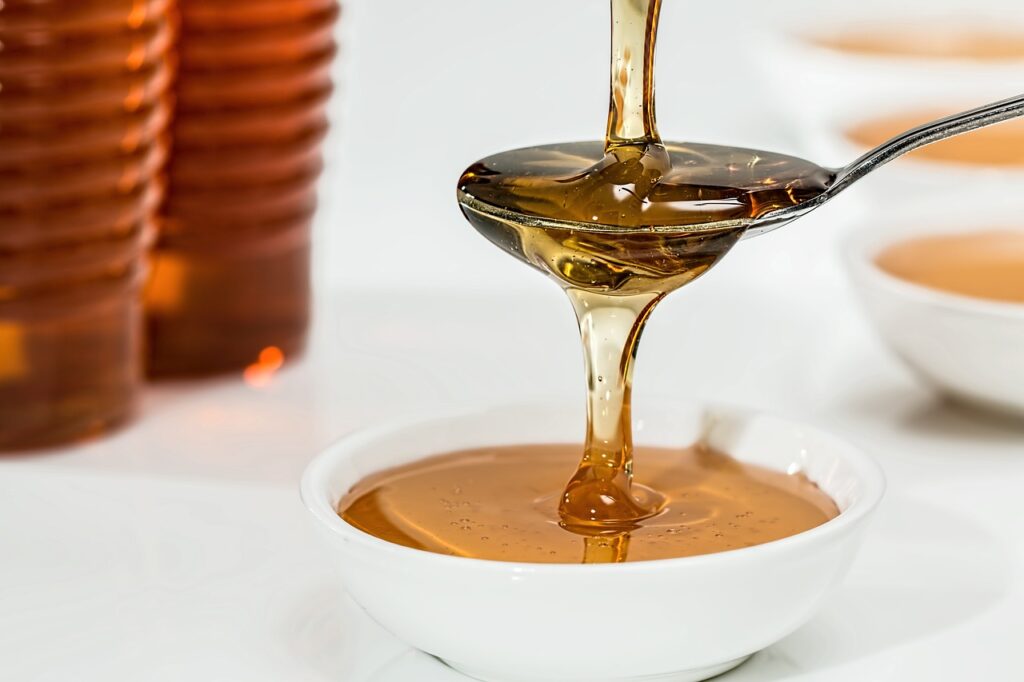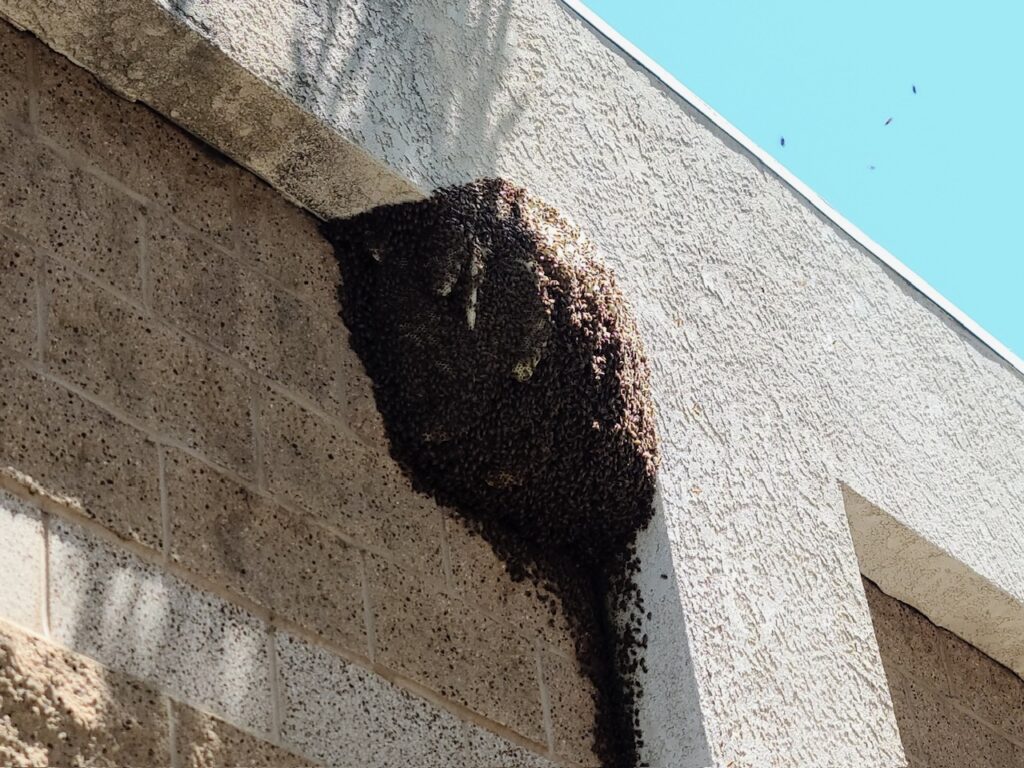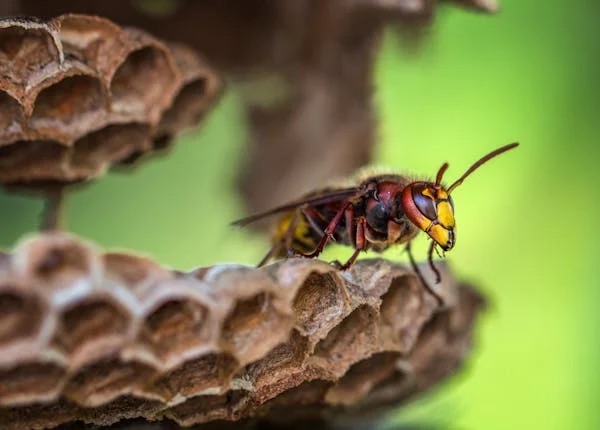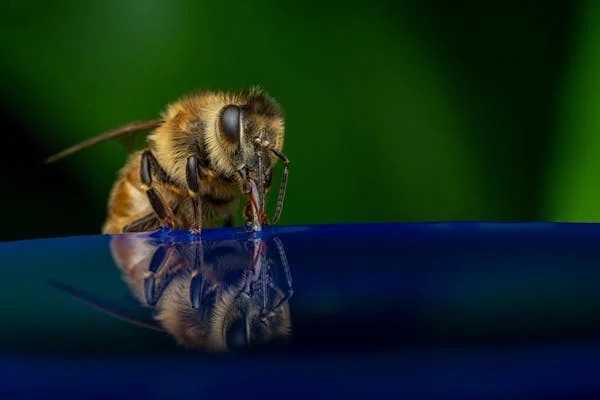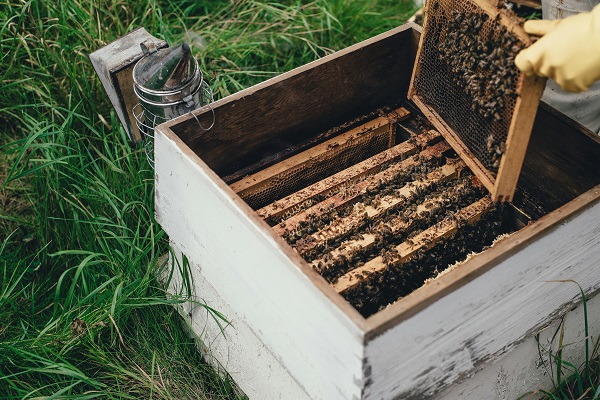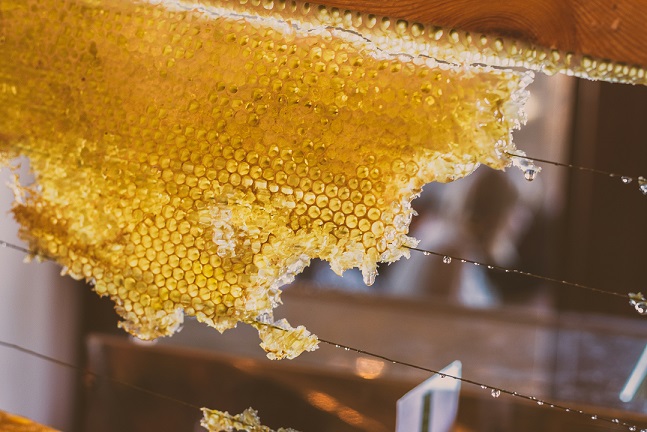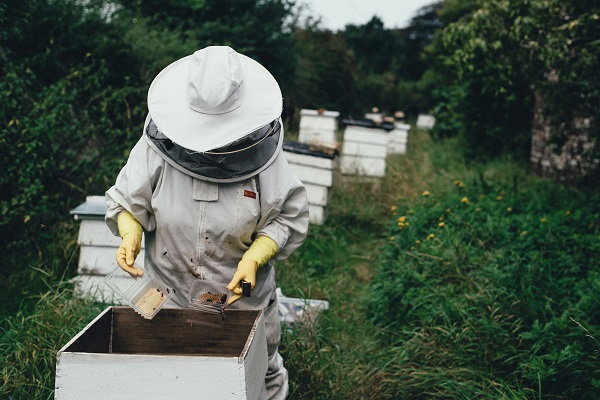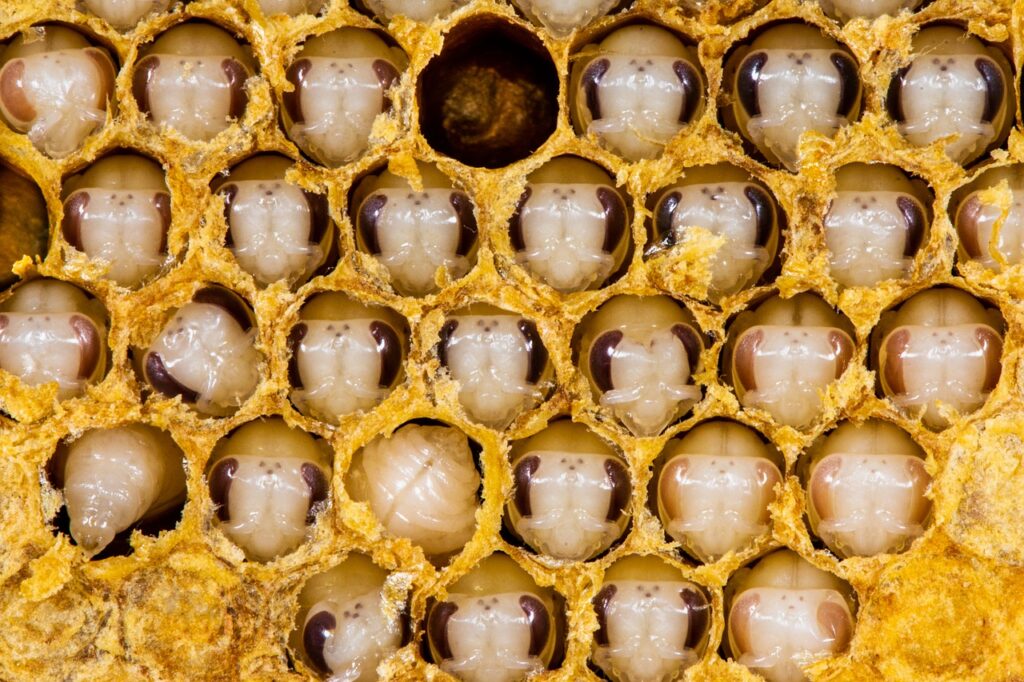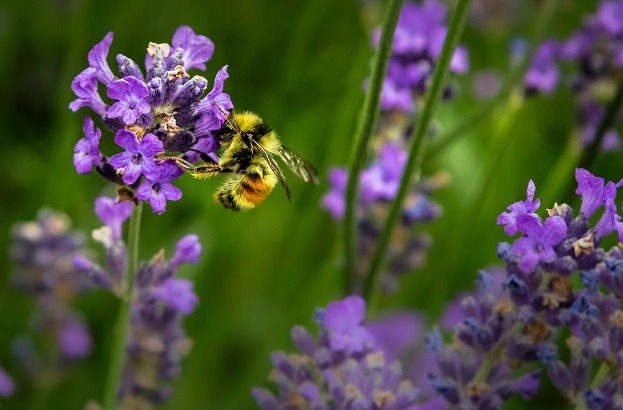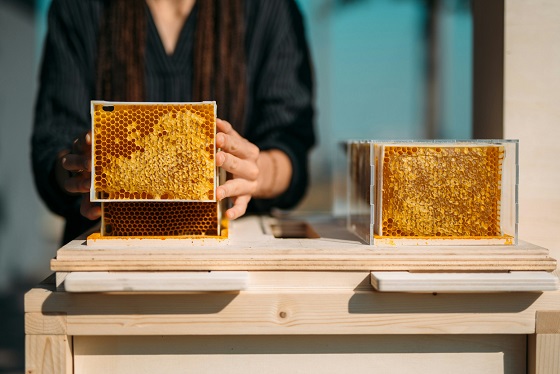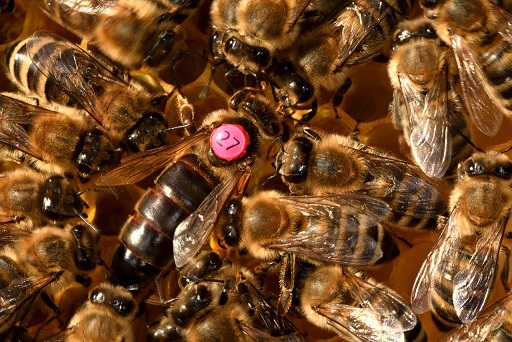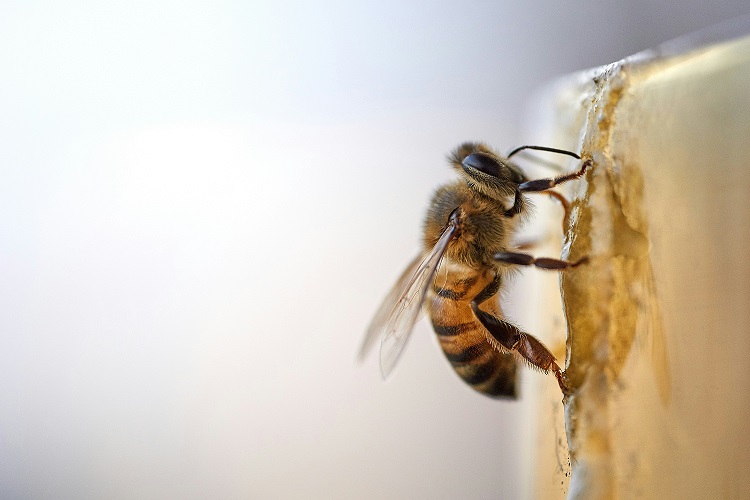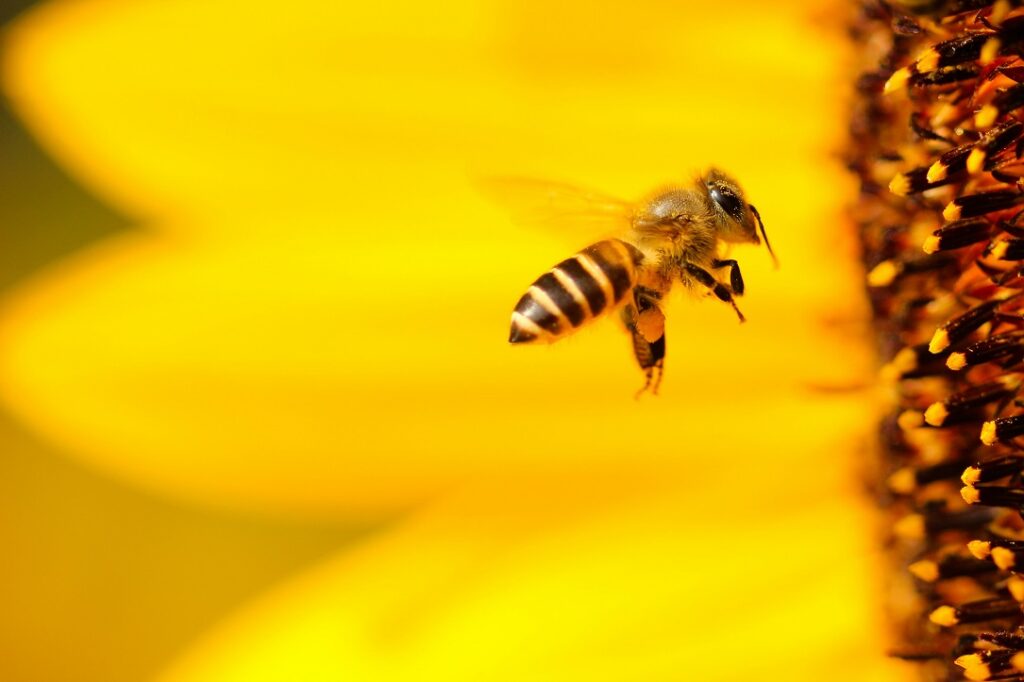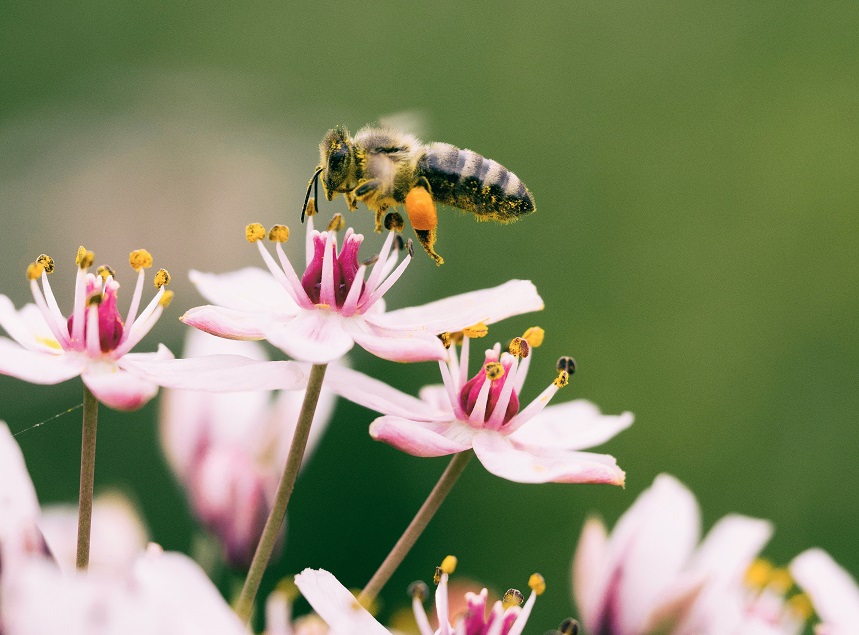Bee News
Autumn rush
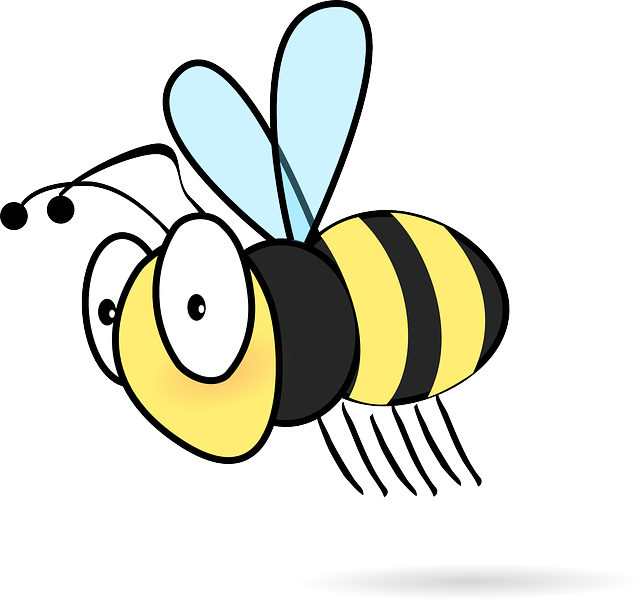


As summer begins its slow retreat and the crispness of autumn settles in, the natural world undergoes a stunning transformation. For bees, particularly honeybees, the fall season presents both challenges and opportunities. While many flowering plants begin to wither, certain trees bloom at this time, providing a crucial food source for bees as they prepare for winter. This phenomenon can lead to impressive swarms of bees foraging in search of sustenance—an impressive sight that can give the impression of a thriving hive during a time when food sources are becoming scarce.
As temperatures drop and days shorten, honeybees instinctively understand that winter is approaching. With this awareness comes the urgent need to stockpile resources, particularly honey. In the fall, flowers become scarce, and bees will rely on any available bloom to gather nectar and pollen to build their food stores. This is when the trees that bloom in the fall, such as certain varieties of wildflowers, maple, and even ornamental trees, play a crucial role in the lives of bees.
When natural forage begins to dwindle, bee colonies can display remarkable foraging behavior, sending out hundreds of bees on expeditions for food. They are known to travel significant distances—sometimes as far as 5 to 7 miles—searching for the nearest available blooms. This extensive foraging effort stems from the urgent need to gather enough resources to sustain the colony through the winter months.
During this time, observers may witness large volumes of bees overrunning specific trees with fall blooms. The sight of these busy pollinators buzzing around the flowers can easily create the impression of a fully active hive, with bees relentlessly working to maintain their colonies. However, it’s important to note that this surge in bee activity is a reflection of foraging behavior rather than an indication of a robust hive.
The increased presence of bees is a response to a temporary food scarcity rather than an increase in hive population or structural activity. The bees engaged in this intense foraging behavior may eventually return to their hives, and the influx of foragers is generally short-lived. After about 10 to 21 days, as the blooming period ends and colder temperatures set in, the bees will naturally decrease their foraging activities, and the flurry of bees around the fall blooms will dissipate.
The blooming of fall flowers and trees is vital for bee populations. These blooms offer essential nutrients needed by bees to complete their life cycle before the onset of winter. The nectar collected during this time is transformed into honey, which sustains the colony throughout the cold months when foraging isn’t possible. This late-season bounty can mean the difference between a hive’s survival and demise when food stores are low.
As we observe the lively activity of bees around fall tree blooms, it serves as a reminder of their resilience and adaptability in the face of changing environmental conditions. The bees’ relentless search for food highlights the interconnectedness of nature; without these essential pollinators, many of our trees and flowering plants would struggle to reproduce.
Understanding the cycles of bee activity and their reliance on seasonal blooms allows us to appreciate the critical role they play in our ecosystems. As the seasons change, supporting bee populations—by planting late-blooming flowers and minimizing pesticide use—can help sustain these industrious insects.
